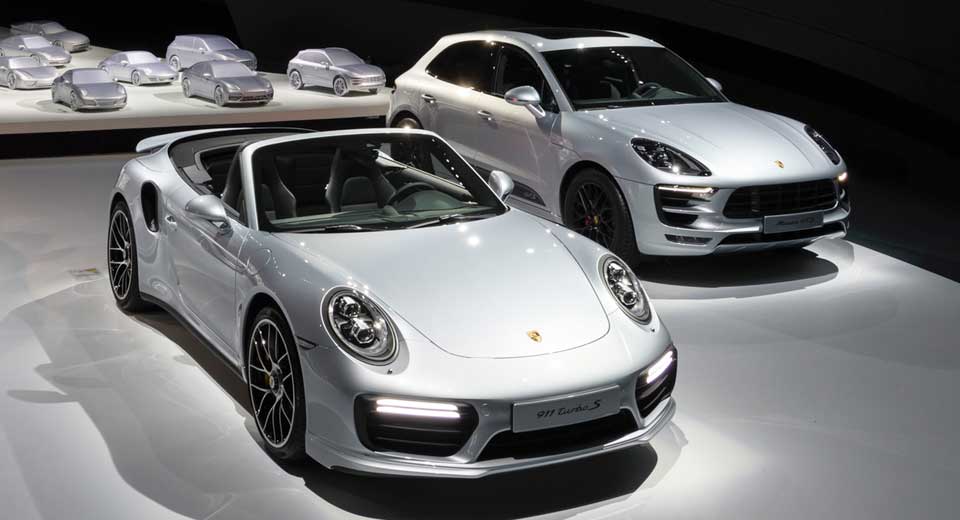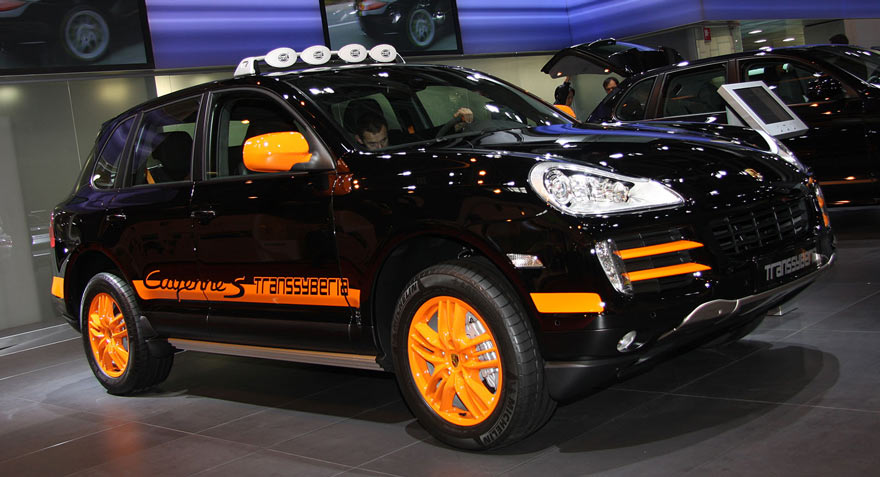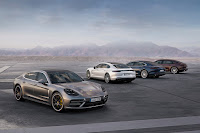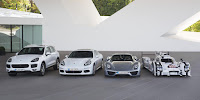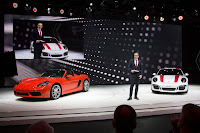There are two types of automakers in the world: those that make a variety of different automobiles, and those that focus on one kind or another.
In one category you have marques like Ford, Toyota, and even Mercedes, offering everything from hatchbacks and sedans to SUVs and sports cars. In the other, brands like Jeep and Ferrari, which focus all their energies and expertise on one vehicle type. But what about Porsche?
The German automaker made a name for itself, much like Lamborghini or Aston Martin did: namely, producing highly desirable two-door sports cars. But the Porsche of today is a very different company from the Porsche we knew decades ago.
The turning point came in 2002 with the introduction of the Cayenne. The company’s first crossover SUV was also its first production model with more than two doors – which, marketing jargon aside, is how we typically define what is and what is not a “sports car.” The Cayenne was followed in 2009 by the launch of the Panamera (the company’s first sedan), and in 2014 by the arrival of the Macan (a smaller counterpart to the Cayenne).
That diversification has turned Porsche into a tremendously profitable business. So profitable, in fact, that it quite nearly subsumed the entire Volkswagen Group of which it later became part. But can it still legitimately call itself a “sportscar manufacturer,” as opposed to a manufacturer of sports cars (among other vehicles)? Let’s take a look at the numbers.
Last year, Porsche sold a record 237,778 vehicles around the world – or about as many vehicles as the entire VW group produces in a week. Of those, less than 14 percent (32,409 units) came from the brand’s most iconic model line: the 911. Compare that to the Macan, which all by itself accounted for roughly 40 percent of the manufacturer’s worldwide sales all on its own.
Zuffenhausen breaks down its sales in greater detail in the US market, where it (somewhat surprisingly) sold a slightly higher proportion of sports cars to crossovers last year: of the 54,280 vehicles it sold across the country in 2016, the Macan still accounted for the largest portion at 19,332 – just over 35 percent. The Cayenne came a close second at 15,383 (28%). The 911 family, with all its many variants, accounted for just 8,901 (16.5%), and the 718 Boxster/Cayman another 6,260 (11.5%). The Panamera sold relatively slow at 4,403 units (or about 8 percent of total US sales).
We don’t begrudge Porsche the opportunity to turn a higher profit. It’s a business, after all. And the story is much the same at other automakers known principally for their sports cars. Take Maserati, for example, which sells far more Ghibli and Quattroporte sedans than it does GranTurismo coupes and convertibles – and will soon be selling more Levante crossovers as well.
But here’s the difference between Maserati and Porsche (never mind that Porsche sold over four times as many vehicles in America last year as Maserati did); where Maserati is trying to shed its sports-car image as it moves further into the mainstream of the market for luxury automobiles, Porsche has already gotten there – yet still calls itself a “sportscar manufacturer” in all its press releases and marketing materials.
The question on our minds, then, is not whether the descriptor is still an accurate one – the numbers answer that question clearly enough – but how rivals like Lamborghini and Aston Martin will present themselves as they launch crossovers of their own in an effort to replicate Porsche’s success.



